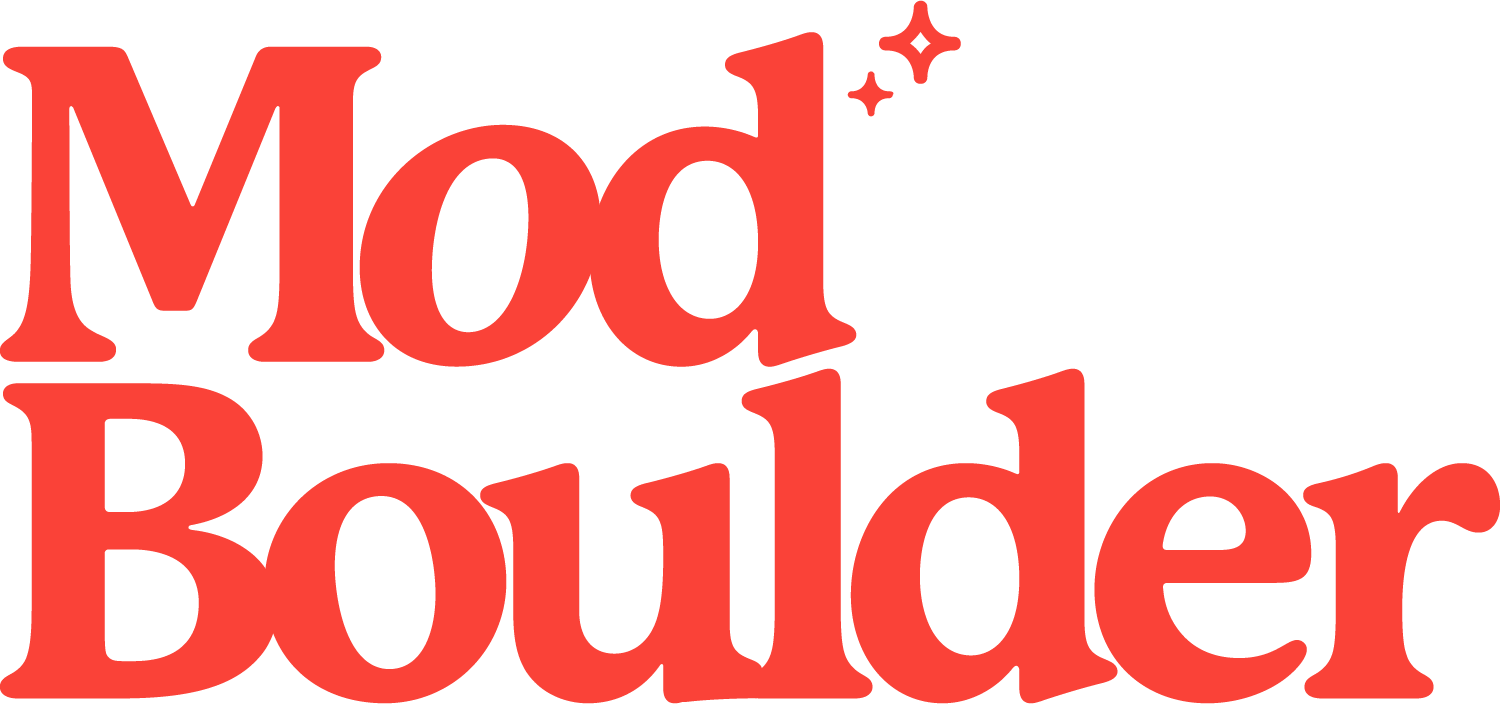Extra Ranch Please: The History and Future of the Ranch-Style Home
Self-taught San Diego architect Cliff May is often credited with inventing the ranch-style home in the 1930s—a well-deserved acknowledgement, as it was his design that introduced the ranch to the U.S. masses. So just how did the single-story sensation come to be? We’ll lay the foundation for you.
An Iconic Style’s Humble History
May, who never went to architecture school but was a skilled furniture designer, built a one-story, tile-roofed courtyard house in southern California in 1931. May said he was inspired by his family’s own adobe ranch houses in the area. “I rebelled against the boxy houses being built then,'' May said in a 1986 interview with the New York Times. “The ranch house was everything a California house should be—it had cross-ventilation, the floor was level with the ground, and with its courtyard and the exterior corridor, it was about sunshine and informal outdoor living.”
May’s breezy builder philosophy caught on—and fast. Following World War II, ranch-style design skyrocketed during the suburban boom, especially in the U.S.’s western states. By the ‘50s, nine out of every ten houses dotting the American landscape were ranch houses. It was the perfect compromise of design—not overly experimental, not gimmicky, but a pleasant, unobjectionable, and practical structure. This ranch trend continued into the late ‘70s and early ‘80s, when ranches received a ten percent value over comparable two-story homes.
But as with most trends, the ranch eventually receded in popularity, dipping out of fashion by the late ‘80s. By the early ‘90s, the style lived in the shadows of its more charming, design-forward peers like the cottage and Craftsman, being perceived as a boring, bottom-rung alternative. But the ranch’s lame label didn’t last long; by the late ‘90s, the ranch began experiencing a resurgence.
Reasonability: Why the Ranch Style Resurged
The resurgence of the ranch-style home is multi-faceted, with affordability at the top of the list. With most new construction boasting two stories and burgeoning square footage, the prudent and price-friendly ranch home is relatively affordable in the grand scheme of the real estate market.
Not only is the square footage often on the smaller side, but the one-story layout of the ranch home makes it the perfect pick for aging baby boomers who want to avoid stairs, as well as growing families with babies and toddlers. And for the eco-minded, owning a smaller one-story home shrinks your carbon footprint, especially compared to the sprawling McMansions of the early ‘00s.
Boulder builders have recently recognized this market shift, as more and more spec ranch homes find their way into the mix. Not to be outdone, new developments are including ranch models in their selections. And when homeowners remodel, they're often increasing square footage by building out instead of building up.
Millennials and Mid-Mod: The Future of the Ranch
There’s no doubt that Don Draper’s stylish swagger influenced the rise in popularity of the midcentury modern era, but the multigenerational, everlasting love for the mid-mod ranch-style home goes deeper than that. (You’re still a tastemaker, Don. And we still love you.)
Ultimately, today’s ranch homebuyers settle on the style because of what it symbolizes: laid-back living. Seamlessly integrating indoor and outdoor spaces, ranch-style homes often have expansive windows; these nearly unparalleled views of nature foster a sense of harmony with the elements. Typically situated on spacious lots and oriented to take advantage of large backyards, the ranch home begs to be lived in and around.
And it’s becoming a timeless style that will endure the trendier architectural movements for years to come, continually improving with modern architecture while holding onto its traditional, breezy, SoCal charm.

